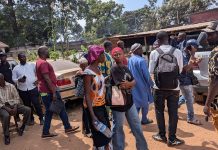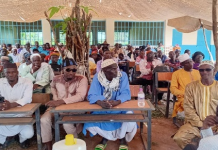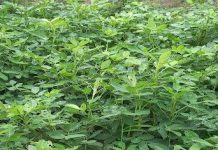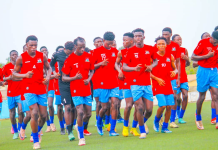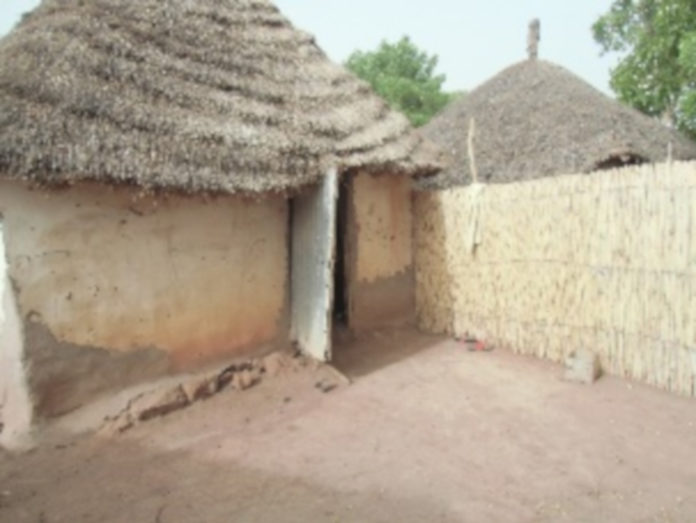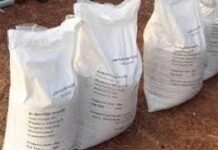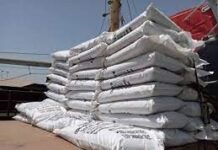This Column is meant to monitor and report on issues that concerns people of the rural communities in terms of how their development is hindered or facilitated. Rural development is a process that aims to improve the standard of living of people in the rural communities.
According to Robert chambers, rural development is a strategy to enable a specific group of people, poor rural women and men, gain for themselves and their children more of what they want and need.
It involves helping the poorest among those who seek a livelihood in rural communities, to demand and control more of the benefits of rural development. The group includes small scale farmers, tenants and the landless.
Thus the term rural development, may be used to imply any one of the above-mentioned connotations.
To avoid the ineffective floundering among the myriad definitions, we shall define rural development as a process that leads to sustainable improvement in the quality of life of rural people, especially the poor.
According to Lamin Sambou Kinteh, for rural development to be meaningful and realizable, the trinity of development must be present such as electricity, water and rural infrastructural development like roads, industries, Schools, and health facilities etc.
Yesterday Monday, October 15th 2018, was World Rural Women Day, and today October 16 is World Food Day.
Many people, government agencies, community groups and non-governmental organisations, are currently gathering in Jarra Soma to celebrate the Day.
However, it is significant to remind readers that poverty in the Gambia is predominately a rural phenomenon.
To address rural poverty, the issue of Agriculture needs to be addressed. The United Nations designated 2014 as the International Year of Family Farming. The theme of that year’s World Food Day celebrated the contribution family farms make towards food security and sustainable development. During the celebration, Madam Victoria Ginja, World Food Programme Country Director at the time, indicated that family farms are the cornerstone to the country’s agricultural production, making a vital contribution to economic prosperity and food security across the world; that in The Gambia, approximately 75% work in farming sector to support themselves and their families; that to put farmers first, “we must ensure access to tools they need to pursue new practices, new technologies, and capture new markets for sustainable growth.”
This she said, will in turn enable farmers to improve their incomes, support their families, and feed The Gambia.
Omar Badjie Action Aid’s Executive Director said Family farming faces many more challenges such as environmental degradation, salt intrusion, soil erosion, deforestation, poor access to other production inputs, and rural/urban migration; that all these contribute towards the decline in productivity and production levels; that family farms are smaller in size, scattered and difficult to mechanize and the management of small ruminants under the free-range systems pose significant management challenges in family farming.
Action Aid Executive Director pointed out the need for investment in technologies and innovations that can help family farming prosper beyond subsistence level is amply manifested. Family farming he said, must be economically profitable, intellectually stimulating, and environmentally sustainable.
“To support family farms, governments, international organizations as well as community based organisation need to focus on improving farm production and productivity through the use of climate resilient sustainable agriculture approaches” he concluded.
Perpetua Katepal Kalala FAO Country Director indicated that in The Gambia over 90 percent of farms are run by families, they provide 60°/o of the food for the family, care and protect our natural resources. Yet she said many family farmers, especially subsistence producers, are part of the 70 percent of the world’s food insecure population who live in rural areas.
